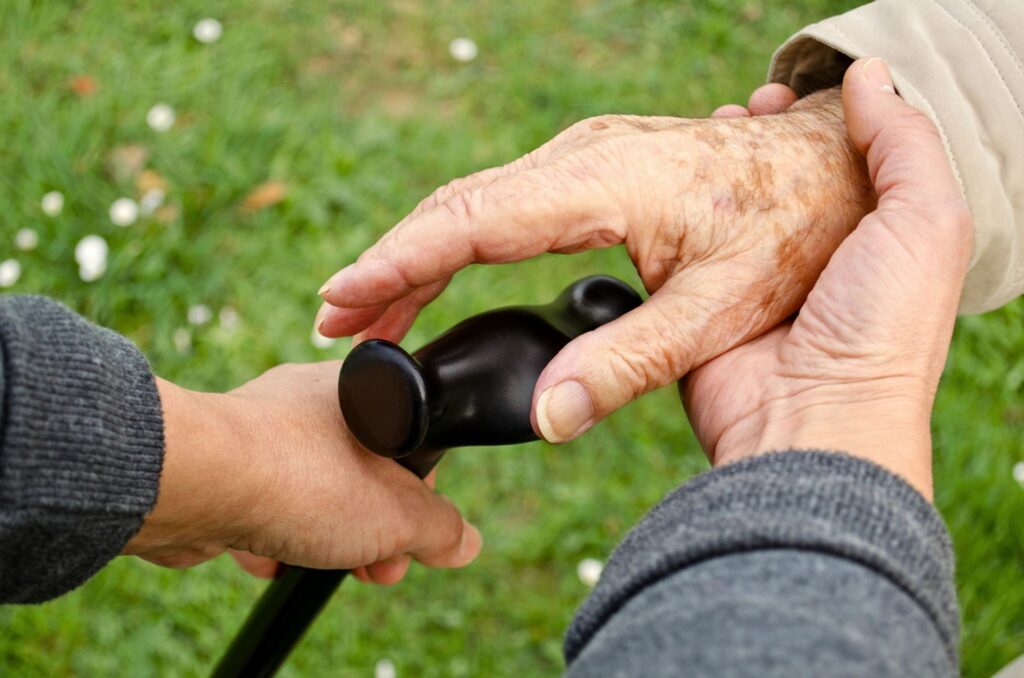When we think of hospice care, it’s common to associate it with older adults nearing the end of their life. However, hospice care is not exclusive to the elderly. Pediatric hospice care exists for children facing life-limiting illnesses, a topic that is less spoken about but is equally crucial.
Pediatric hospice care is about providing comfort, support, and quality of life to children facing a life-threatening illness and their families. It’s a multidisciplinary approach that focuses on managing symptoms, providing emotional and spiritual support, and enhancing the child’s and family’s ability to cope with the situation.
Special Considerations in Pediatric Hospice Care
Unlike adult hospice care, pediatric care often involves conditions with unpredictable trajectories, making the decision to begin hospice services more challenging. Conditions like congenital anomalies, genetic disorders, or severe neurological conditions may not have a predictable life expectancy but significantly impact the child’s quality of life. Hence, pediatric hospice care might be appropriate for children with such conditions, even if their life expectancy exceeds six months.
Navigating the emotional turmoil that comes with having a terminally ill child can be a daunting task for families. Hospice care teams are equipped to address these challenges, helping to alleviate fears and anxiety through education and emotional support.
Pediatric hospice care involves a team of skilled professionals who can provide various services.
- Physicians and nurses manage the child’s symptoms and pain, ensuring they are as comfortable as possible. They can explain the disease progression and what symptoms might arise. They can also explain how symptoms can be managed, giving a sense of preparedeness to families. This honest and clear communication can demystify the process, alleviate some of the fears and anxieties, and enable families to feel more in control.
- Social workers offer emotional support to both the child and family, helping them navigate through the challenging emotions accompanying the situation. They provide a safe space for everyone in the family to express their emotions. They can guide families through their grief, helping them understand and validate their feelings of sadness, anger, or guilt. They can also connect families with additional resources such as support groups or counseling services, and help them navigate the practical aspects like planning for the future.
- Chaplains may also be involved, providing spiritual support according to the family’s beliefs and preferences. They can provide rituals, prayers, or reflections as needed, and help the child and family find a sense of meaning, comfort, and hope amidst the hardships. For those struggling with questions about suffering, death, or the afterlife, chaplains can provide a listening ear and empathetic understanding, fostering spiritual resilience in the face of adversity.
A unique aspect of pediatric hospice care is the integration of play and activities tailored to the child’s development and abilities. These therapeutic activities can aid the child in expressing their emotions and fears, giving them a sense of control over their situation. They can also provide opportunities for creating meaningful and lasting memories for the family.
In essence, the hospice care team strives to provide a holistic, compassionate, and supportive environment that embraces the emotional challenges that come with having a terminally ill child. They aim to ensure that no family has to navigate this journey alone, and that every child and their loved ones are cared for with dignity, respect, and empathy.
The Importance of Family in Pediatric Hospice Care
The child’s family plays an integral role in pediatric hospice care. Parents and siblings are included in decision-making processes and are supported in providing care for the child at home. Furthermore, bereavement support is provided to families, acknowledging the profound grief experienced after a child’s death.
A critical principle of pediatric hospice care is that it doesn’t signify giving up. Instead, it’s about shifting the focus from curative treatments to comfort and quality of life. Hospice care can be provided concurrently with curative or life-prolonging treatments in pediatric patients, an approach known as palliative care.
Choosing pediatric hospice care is an intensely personal decision. It’s crucial to have open conversations with the healthcare team about the child’s condition, treatment options, and the potential benefits of hospice care. These discussions can help families make informed decisions that align with their goals and values.
Pediatric hospice care’s goal is to ensure that children facing life-limiting illnesses live their remaining life to the fullest. It’s about providing compassionate care that addresses physical symptoms and emotional, social, and spiritual needs. While the journey is undoubtedly challenging, pediatric hospice care aims to offer comfort, dignity, and support for the child and family.
Pediatric hospice care is a valuable service that provides holistic care to children with life-limiting conditions and their families. It promotes quality of life, dignity, and comfort, demonstrating that even in situations where a cure might not be possible, care and support are always available.Hospice care is a form of healthcare that focuses on providing comfort and support to patients with life-limiting illnesses and their families. While hospice care is often associated with physical care, it can also address the spiritual needs of patients and their families.
Pediatric Hospice Care in Las Vegas
Shining Light Hospice believes that all patients, young and old, deserve to be treating with compassion and respect during their final days. From offering pain management services to assisting families with navigating what may be the most difficult experience they’ve had, we are here to help.
Contact us today for more information about whether hospice care is right for your loved one.






